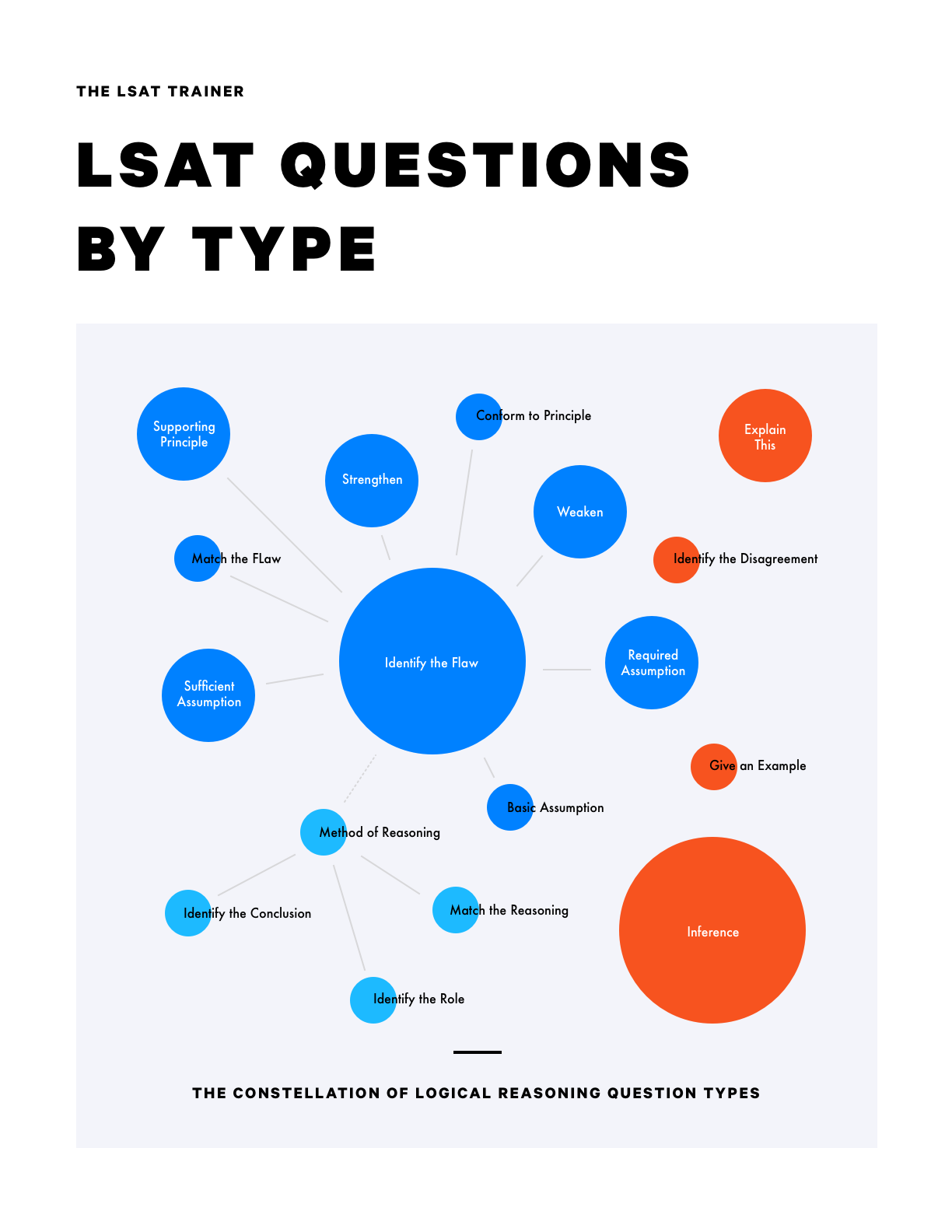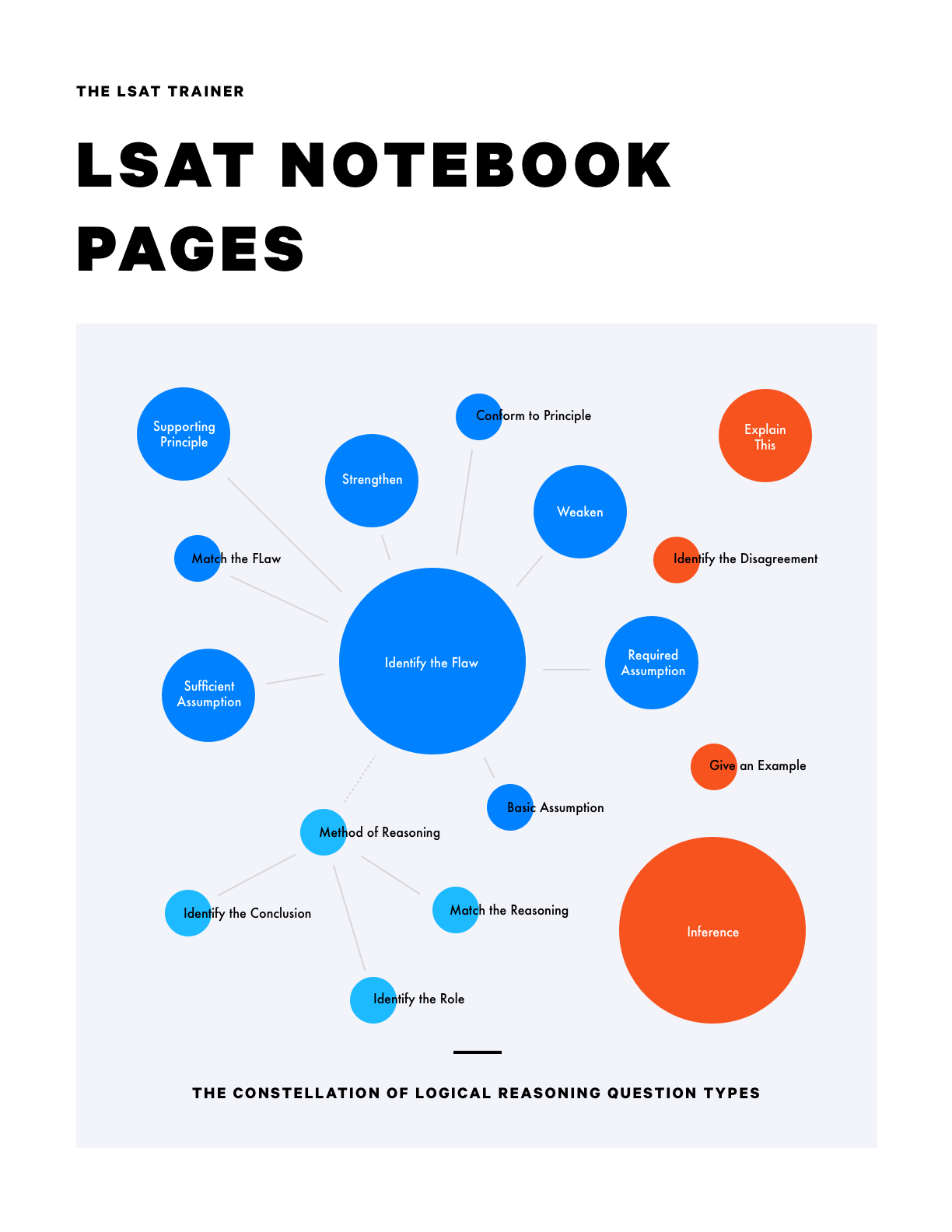Game 1
Step 1
Per the given scenario, we can write out the six elements to be placed, and indicate the subset (men, m, or women, w) that they belong to - Fm, Gm, Hm, Jw, Kw, Lw. We can also create a diagram that groups elements based on whether they are on or off stage.
Step 2
Per the first and second rules, we can create two frames, one in which Jw is on and Lw is off, and another in which Lw is on and Jw is off.
Step 3
Per the third rule, we can infer, in the first frame, that Fm must be in. The third rule does not impact the second frame.
Step 4
Since both frames have women on stage, per the fourth rule, Gm must always be on stage.
Step 5
We can notate that Hm and Kw are not directly restricted by any of the given rules.
Game 2
Step 1
Per the given scenario, we can write out the six elements to be placed - H, I, N, Q, R, and S, and per the scenario and the first rule, we can lay out the positions to be filled -- a minimum of one and at most two for groups 1, 2, 3, and 4, representing the number of stars received.
Step 2
Per the fourth rule, we can create two frames, one in which Q receives 3 stars, and another in which Q receives 4 stars. When Q receives 3 stars, we can infer and notate that only one album will receive 4 stars.
Step 3
Per the second rule, we can notate that H must immediately follow N..
Step 4
Per the third rule, we can notate that either H or R will be paired with I.
Step 5
We can notate that S is not directly restricted by any of the given rules.
Game 3
Step 1
Per the given scenario, we can write out the six elements to be placed - L, M, O, R, S, and V, and we can lay out the six positions to be filled, in vertical order.
Step 2
Per the first rule, we can notate that R and S cannot be next to one another.
Step 3
Per the second rule, we can notate that M must be immediately above L.
Step 4
Per the third rule, we can notate that S is above O and O above the M,L duo. We can connect this to our notation for the second rule.
Step 5
We can notate that V is not directly restricted by any of the given rules.
Game 4
Step 1
Per the given scenario, we can write out the six elements to be placed - H, J, K, R, S, and T - and the six positions to be filled, in order.
Step 2
Per the third and fourth rules, we can split our diagram into two frames, one in which J is fourth (frame 1) and one in which J is not (frame 2).
Step 3
In frame 1, per the third rule, we can notate that J must be before both S and T.
Step 4
In frame 1, per the second rule, we can notate that H is before both J and K. We can connect this to our notation for the third rule.
Step 5
In frame 1, per the fifth rule, in conjunction with the third rule, we can infer that S must be fifth and T sixth.
Step 6
In the first frame, that leaves H - K, and R to fill the first three spots, in a variety of possible orders.
Step 7
In frame 2, per the fourth rule, we can notate that J must be after both S and T.
Step 8
In frame 2, per the second rule, we can notate that H is before both J and K. We can connect this to our notation for the third rule.
Step 9
In frame 2, per the fifth rule, we can notate that R or S is fifth.
Step 10
In frame 2, we can now infer that J can only go sixth.
Step 11
In frame 2, that leaves either R or S, T, and H - K, in a variety of possible orders, to fill the first four spots.
Step 12
Per the first rule, we can notate, for both frames, that the second or third bid is accepted and either K or R.



